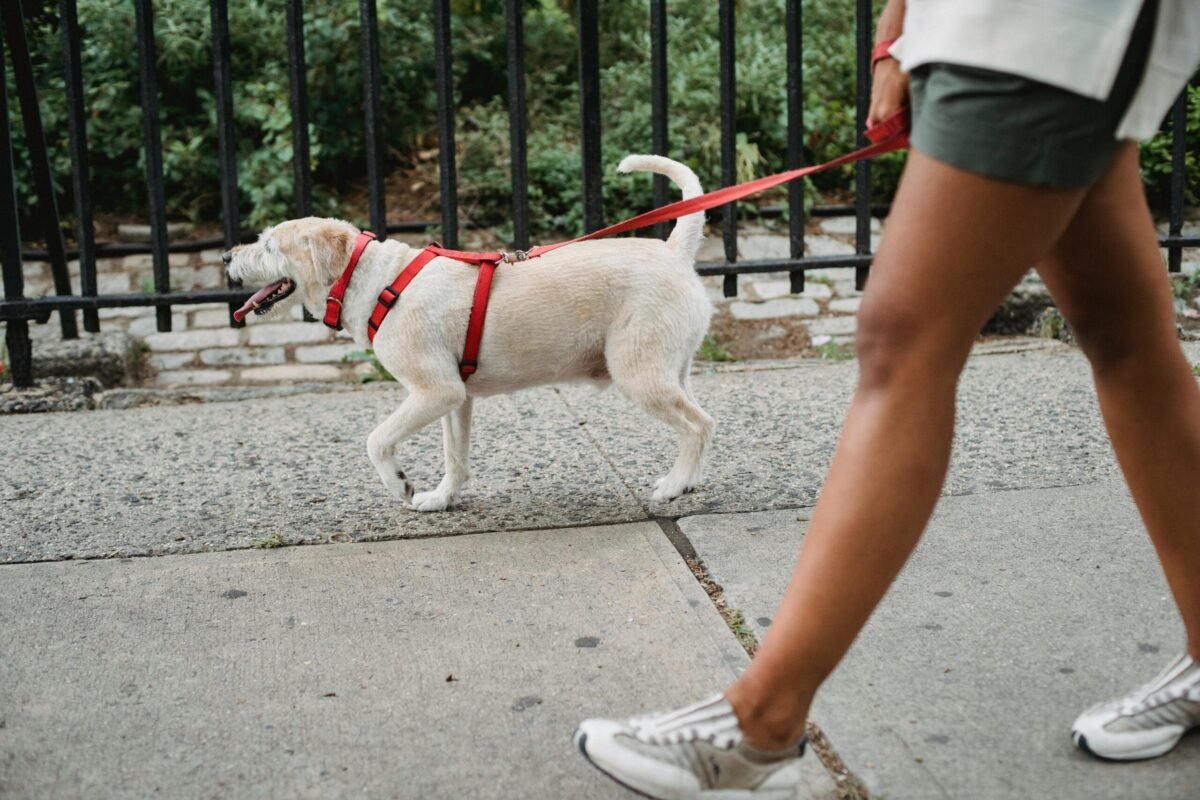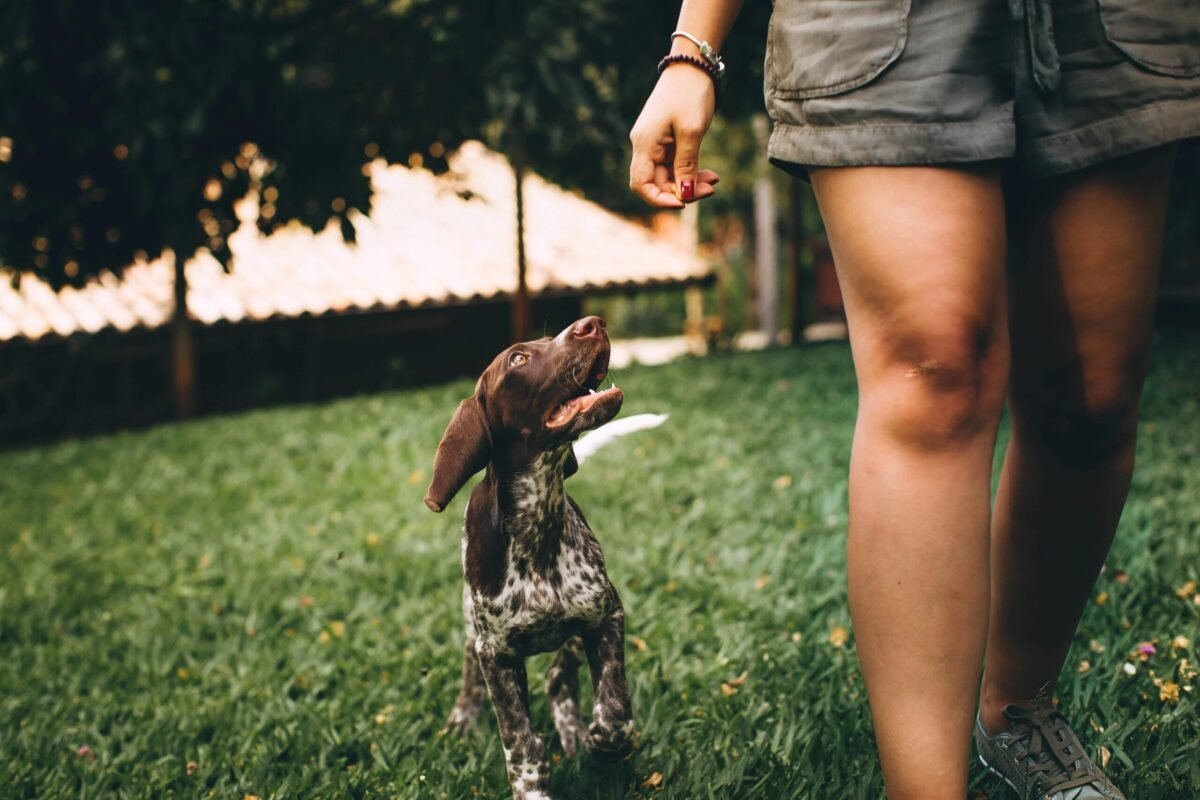Introduction
Keeping your pet active isn’t just about burning off energy—it’s essential for their overall health and happiness! Did you know that pets that regularly exercise tend to live longer, healthier lives? Not only that, but they often have fewer behavioral issues like anxiety or boredom-induced destruction. Whether you’ve got a playful pup, an aloof cat, or even a small animal like a rabbit, exercise is crucial for keeping them mentally and physically fit. In this guide, we’ll explore the benefits of pet exercise, share different activity ideas for various types of pets, and offer tips on how to keep your furry friend moving and grooving! Let’s jump right in and start getting those tails wagging and whiskers twitching.
Why Pet Exercise Is Important for Overall Health
Just like humans, pets need regular physical activity to stay in good shape. A sedentary lifestyle can lead to a host of problems, including obesity, heart disease, and joint issues. But exercise isn’t only about physical benefits—mental health plays a big role, too. Engaging your pet in regular activities can help reduce anxiety, ease boredom, and even prevent destructive behavior that often stems from pent-up energy.
- Prevention of obesity and related diseases: Regular movement keeps pets lean and reduces their risk of developing chronic health conditions.
- Improved behavior: Pets who get adequate exercise are often calmer, happier, and less likely to engage in destructive habits like chewing, digging, or scratching.
- Mental stimulation: Exercise provides essential mental enrichment, helping to prevent anxiety and boredom, particularly in intelligent and high-energy breeds.

Types of Exercises for Different Pets
Not all pets exercise the same way, and that’s okay! Whether you’ve got a high-energy dog or a more laid-back pet like a rabbit, there are plenty of ways to keep them active.
Dogs:
For dogs, the options are almost endless. You can start with the basics like walking and running, then expand to dog-specific sports like agility training or flyball. High-energy breeds often thrive in structured activities that challenge both their bodies and their minds.
- Walking: The classic and simplest form of exercise. Aim for at least 30-60 minutes a day, depending on your dog’s breed and energy level.
- Dog sports: Consider agility, flyball, or frisbee to engage your dog both physically and mentally.
- Playtime: Tug-of-war, fetch, or simply running around the yard can be excellent ways to burn off energy.
Cats:
Cats may not need long walks like dogs, but they still require daily exercise. Indoor cats, in particular, are at risk of becoming overweight, so it’s crucial to keep them moving with fun, interactive activities.
- Interactive toys: Laser pointers, feather wands, and balls can encourage your cat to pounce, chase, and play.
- Climbing structures: A cat tree or shelves where your feline friend can jump and climb offer great exercise.
- Hunting games: Hide toys or treats around your home to let your cat “hunt” for their rewards.
Small Animals (Rabbits, Guinea Pigs, etc.):

Even small pets need exercise to prevent obesity and boredom. Set up safe areas where they can roam freely for a while each day.
- Outdoor playpens: Supervised time outdoors in a secure playpen can give your small pet plenty of space to hop around.
- Obstacle courses: Create tunnels and obstacles inside their habitat to encourage movement.
- Playtime: Offer toys that encourage gnawing, burrowing, or running.
Reptiles and Birds:
Though it may surprise some, reptiles and birds also benefit from movement. Birds, especially, require flight time outside of their cages, and reptiles need ample room to explore.
- Birds: Provide flight time in a safe, enclosed room to strengthen their wings.
- Reptiles: Create enriching environments with climbing structures, rocks, and branches to encourage natural movement.
How Much Exercise Does Your Pet Need?

The amount of exercise a pet needs depends on its species, breed, and individual energy levels. Here’s a quick breakdown:
- Dogs: Most dogs need 30-60 minutes of exercise per day. Larger or more energetic breeds may need more, while small or senior dogs might require less.
- Cats: Cats typically need at least 15-30 minutes of interactive play each day.
- Small animals: Provide 2-3 hours of supervised free-roam time in a safe space for rabbits or guinea pigs.
- Birds and reptiles: While exercise needs vary, reptiles should have room to move daily, and birds benefit from 1-2 hours of flight time outside their cages.
Signs of over-exercise include panting, limping, or lagging behind during walks. Always pay attention to your pet’s signals, and be cautious, especially with older or overweight animals.
Fun and Creative Pet Exercise Ideas for Indoors
Sometimes the weather doesn’t cooperate, or space might be limited, but that doesn’t mean your pet can’t still get some exercise indoors!
- DIY obstacle courses: Use household items like chairs, pillows, and toys to create a mini agility course.
- Interactive games: Fetch indoors with soft toys, or use food puzzles that challenge your pet mentally while keeping them moving.
- Hide and seek: Hide treats or toys around the house and let your pet sniff them out.
- Climbing: Encourage cats or small animals to climb furniture, cat trees, or ramps to burn off energy.
Safety Tips for Pet Exercise
Safety is crucial when engaging your pet in physical activity. Here are some tips to keep them safe:
- Hydration: Always have fresh water available, especially during high-energy activities or in hot weather.
- Heat safety: Avoid exercising your pet during the hottest part of the day. Stick to early mornings or evenings to prevent heatstroke.
- Preventing injuries: Warm up your pet with light activities before intense exercise. For older pets, low-impact activities like walking or swimming are best.
- Supervision: Always supervise outdoor activities and avoid rough terrain that could injure your pet’s paws.
How to Make Exercise a Routine for Your Pet

Establishing a consistent exercise routine doesn’t have to be a hassle! Start small and gradually build up the time and intensity of activities.
- Consistency is key: Try to schedule daily exercise around the same time. Pets thrive on routine!
- Motivation: Use treats or toys as positive reinforcement to keep your pet excited about exercise.
- Bonding opportunity: Use exercise as a chance to bond. Whether you’re jogging with your dog or playing fetch, these moments help strengthen your relationship.
Conclusion
Pet exercise is crucial to ensuring your pet lives a healthy, happy, and active life. From daily walks with your dog to interactive play sessions with your cat, there are countless ways to engage your pet, regardless of their species or breed. Tailor the activities to your pet’s needs, keep safety in mind, and most importantly—have fun! By prioritizing regular exercise, you’re not only helping your pet stay fit, but you’re also creating lasting memories and stronger bonds. What’s your favorite way to exercise with your pet? Share your tips and stories in the comments below!